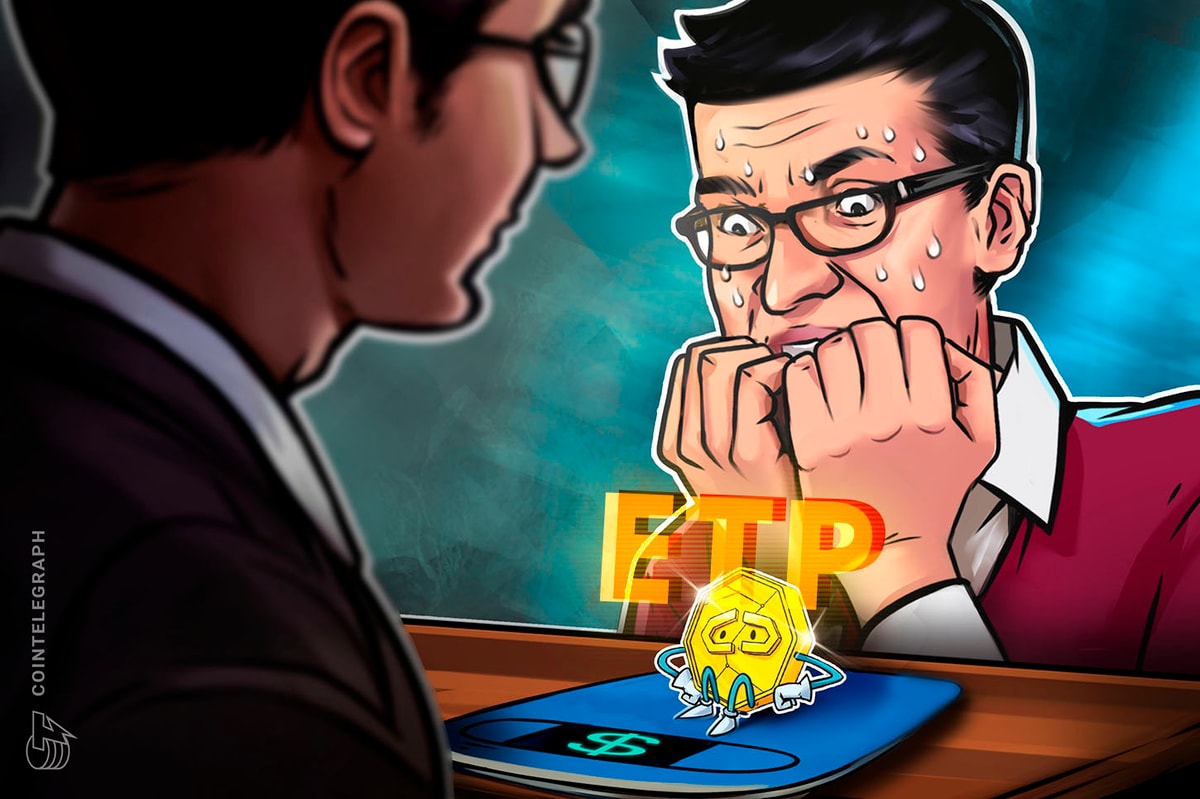Ether's (ETH) recent consolidation around $3,500 has significantly diminished the markets’ expectation for a monthly options expiry above $4,000. Bulls were initially optimistic, fueled by the potential approval of a spot Ethereum exchange-traded fund (ETF) by regulators, which led to a 23% gain on May 20. However, since then, the price of Ether has failed to maintain levels above $3,600.
A total of $3.5 billion in monthly ETH options is scheduled to expire on June 28 at Deribit, the leading exchange, followed by $286 million at OKX, and $142 million at Binance. Nevertheless, as the United States Securities and Exchange Commission (SEC) continues to review the S-1 filings from ETF providers, the likelihood of bullish bets surpassing $4,000 remains low.
Bears were not expecting Ether to surpass $3,000
Ether bulls did not anticipate the delay between the regulatory approval of the spot ETF and its actual trading commencement, confirmed by SEC Chair Gary Gensler. The exact timing remains uncertain within the upcoming three months. Due to this lack of momentum, the optimistic bets for the June 28 options expiry are unlikely to yield returns.
Simultaneously, Ether bears were surprised after a major regulatory concern for investors was addressed on June 19 when the SEC concluded its investigation into whether Ether could be classified as a security, as stated in a letter to Consensys. This decision means Consensys is no longer under scrutiny for potential ETH sales.
The open interest for Deribit's June 28 monthly options expiry stands at $3.5 billion. However, the actual outcome is expected to be lower, as prices above $4,000 and below $3,000 are currently seen as unrealistic.

The 0.62 put-to-call ratio indicates an imbalance between the $2.2 billion call (buy) open interest and the $1.3 billion put (sell) options. Nevertheless, if Ether's price stays around $3,500 at 8:00 am UTC on June 28, only $257 million worth of these put options will be relevant. This discrepancy occurs because the right to sell Ether at $3,300 or $3,400 becomes irrelevant if ETH trades above these levels at expiry.
Bulls target $3,800 for a $500 million gain
Below are the four most likely scenarios based on the current price trends. The availability of options contracts for calls and puts on June 28 varies depending on the settlement price. The balance of potential gains for each side is outlined as follows:
- Between $3,200 and $3,400: There are 13,000 calls versus 97,200 puts. The net result favors the put (sell) options by $280 million.
- Between $3,400 and $3,600: There are 43,900 calls versus 41,600 puts. The outcome is approximately balanced between call and put options.
- Between $3,600 and $3,800: There are 104,200 calls versus 24,400 puts. The net result favors the call (buy) options by $300 million.
- Between $3,800 and $3,900: There are 141,600 calls versus 9,600 puts. The advantage for call options increases to $500 million.
Related: SEC drops Ethereum investigation to avoid ‘embarrassing’ court case
This rough calculation assumes that call options are used primarily for bullish bets and put options for neutral-to-bearish positions. However, this simplification does not account for more intricate investment strategies.
Unless there is an unexpected approval of a spot ETF before June 28, the likelihood supports a balanced result around $3,500. This should be viewed as a victory for the bears, especially considering that Ether was trading above $3,800 just two weeks prior.
This article does not contain investment advice or recommendations. Every investment and trading move involves risk, and readers should conduct their own research when making a decision.










